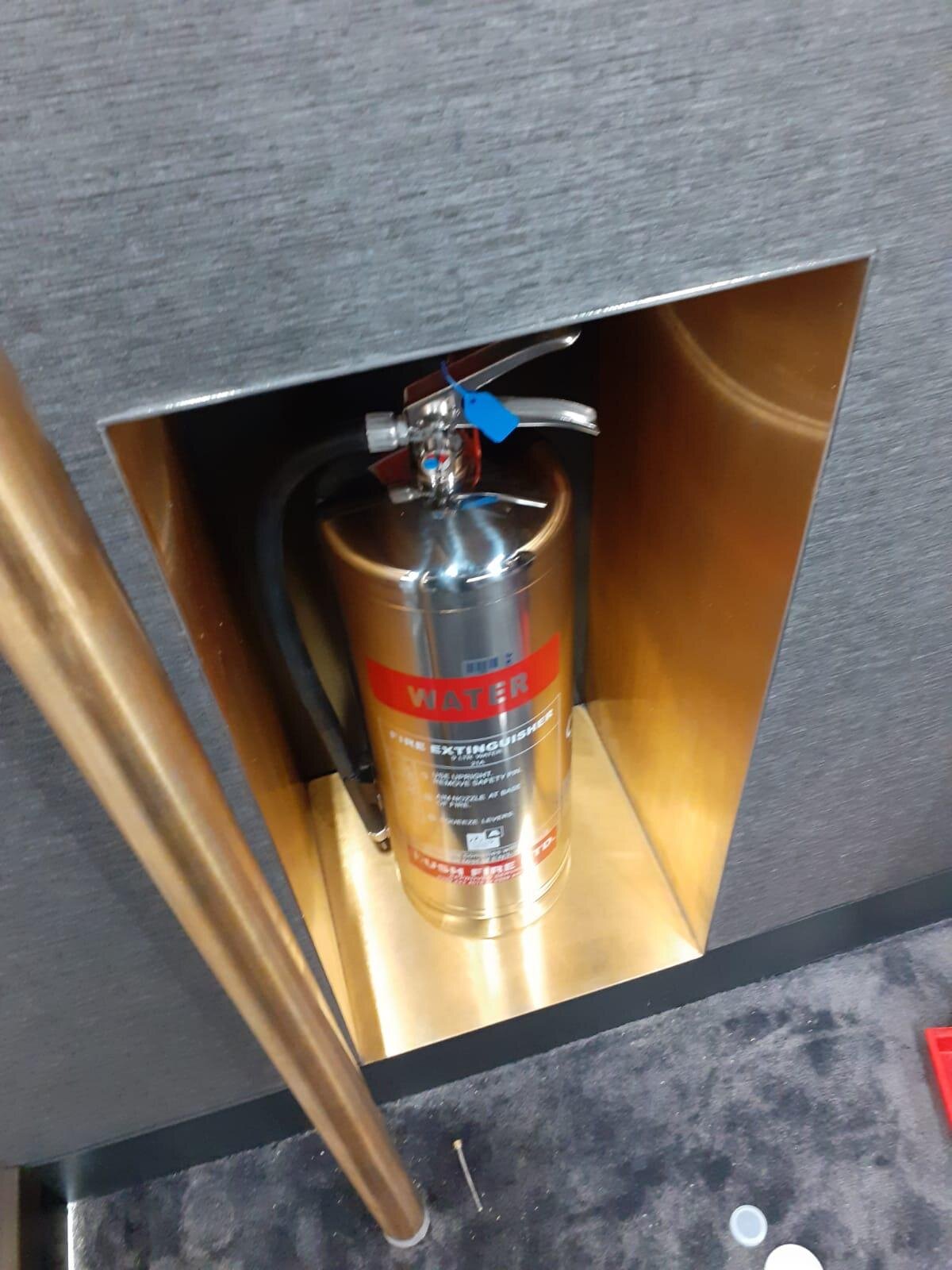Key Takeaways
-
Sesame Access has refined its Bill of Materials (BOM) process to integrate surface finishing data such as powder coating, anodising, galvanising, and electroplating.
-
This ensures every component and sub-assembly is accurately tracked throughout manufacturing, improving transparency and efficiency.
-
The approach reduces manual data handling, aligns R&D, engineering, and production teams, and supports consistent documentation across all bespoke lift projects.
-
Clear communication of finishing processes helps prevent rework, delays, and duplication during complex heritage lift builds.
Introduction
Accurate finishing data is essential to producing durable, high-quality bespoke platform lifts. Each lift at Sesame Access is individually engineered, and surface treatments like powder coating or anodising play a vital role in both appearance and corrosion resistance.
Previously, finishing details were stored in multiple files or passed verbally between departments. The new Finishing BOM Integration system now consolidates this data into a single live workflow, ensuring design, production, and R&D teams can access real-time information.
This continuous collaboration builds upon the procedures outlined in the Legacy BOM Collaboration Process, providing a more structured foundation for cross-department coordination.
What Is a Finishing BOM?
A Finishing BOM (Bill of Materials) lists all components that require any kind of surface treatment. These can include:
-
Powder-coated aluminium panels
-
Electroplated or brush-plated stainless steel elements
-
Anodised aluminium trim pieces
-
Galvanised framework and brackets
Each finish improves either the functional or aesthetic quality of a component. For example, precision surface treatments like those described in Stainless Steel Gold Brush Plating are used to enhance corrosion resistance while maintaining an architectural appearance suitable for high-end heritage installations.
How the Finishing BOM Enhances Workflow Efficiency
The updated process focuses on creating a structured, automated flow of finishing data throughout the manufacturing sequence.
-
Finishing data is extracted directly from the master legacy BOM during design.
-
Each finish-related part is linked to a shared live folder in Asana for traceability.
-
Drawings and build packs now include finish codes alongside part numbers.
-
Components are tagged or colour-coded to identify their required surface treatment.
This integration replaces fragmented manual lists and enables every stakeholder—from design to purchasing—to work from a single, verified dataset. It also ensures that finishes are tracked consistently across complex models such as the Wellington Lift, Westminster Equality Act Lift, and Richmond Rising Platform Lift.
Pre-Build, Mid-Build, and Post-Build Finishes
During the legacy process review, Sesame’s engineers identified that finishing procedures occur at three key stages of production:
-
Pre-build finishes – Galvanising or priming metal components before welding or assembly.
-
Mid-build finishes – Treatments applied during assembly, such as anodising lift arms or trim profiles.
-
Post-build finishes – Powder coating or plating performed after full mechanical testing and quality control.
This classification allows production to sequence each finishing stage efficiently without halting other workstreams.
Improving Collaboration and Real-Time Transparency
One of the main achievements of this system is the shift to a “single source of truth.” Every finish-related part, drawing, or instruction is now recorded digitally, linked directly to its BOM reference.
Designers, engineers, and subcontractors can review the same live file, ensuring any change in anodising, electroplating, or coating specifications is instantly visible. This supports better communication and reduces rework, particularly for multi-assembly systems.
This philosophy mirrors Sesame’s approach described in Knowledge Hub entries like Structured-bom-management-lift, where automation and traceability are central to system reliability.
Benefits for Clients and Heritage Projects
For architects, contractors, and consultants, the Finishing BOM system provides measurable project advantages:
-
Shorter lead times through coordinated finishing and assembly workflows.
-
Enhanced traceability from fabrication through to final coating.
-
Improved compliance with BS 8300 and BS 6440 accessibility and durability standards.
-
Clear documentation showing every part’s finish specification for heritage or listed building approval.
This ensures each bespoke system meets both engineering and conservation requirements.
Frequently Asked Questions (FAQ)
What is the Finishing BOM Integration?
It’s a system that centralises all surface treatment data, such as powder coating, anodising, and plating, into one digital Bill of Materials.
How does it improve production?
By keeping finishing data live and accessible, it removes the need for manual cross-checks, reducing build time and human error.
Which Sesame lifts use this system?
All models benefit, including retracting stairlifts and vertical platform systems, particularly where surface finishing is integral to design.
What standards govern the process?
Sesame follows relevant guidance from BS 8300 and BS 6440, ensuring accessibility and performance are maintained across all lift installations.
Can the system be adapted for unique finishes?
Yes. The process can accommodate specialised finishes such as custom anodising or gold brush plating for bespoke projects.
Next Steps
To learn more about how Sesame Access integrates surface treatment data into its engineering workflow, book a Teams Meeting with a Project Manager through the link below.

